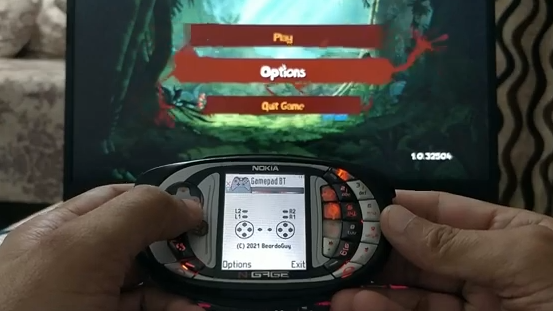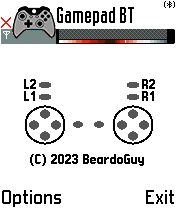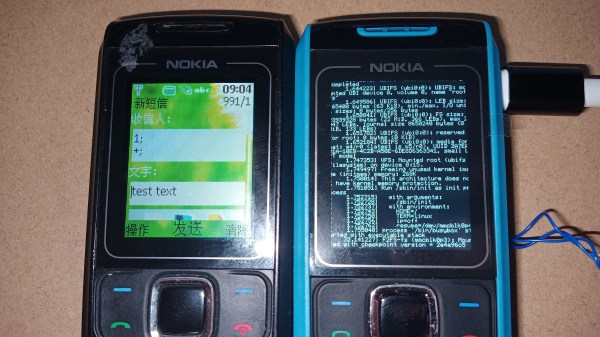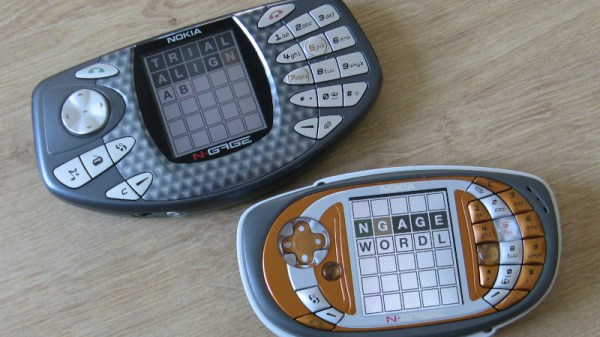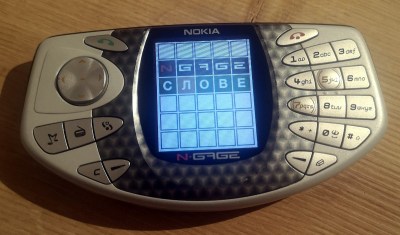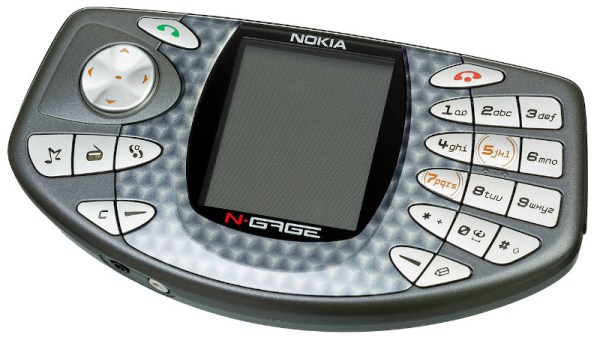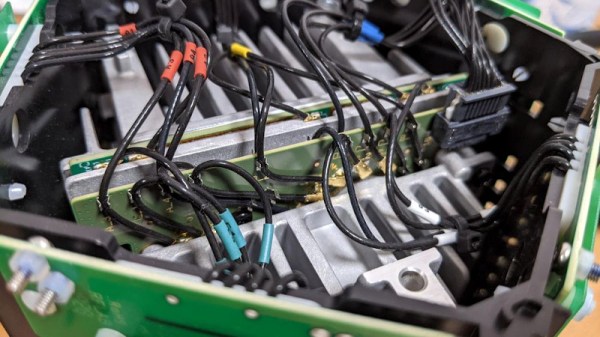The Nokia N-Gage might not have put up much of a fight against Nintendo’s handheld dynasty, but you can’t say it didn’t have some pretty impressive technology for the time. [BeardoGuy] happens to have a perfectly functional N-Gage QD, which he turned into a universal Bluetooth gamepad.
The handheld runs a program that makes it act as a gamepad, and a DIY Bluetooth dongle is required on the client side. The dongle consists of an ATtiny85-based development board and HC-06 Bluetooth module, and will be recognized as a USB gamepad by just about anything it plugs in to.
[BeardoGuy]’s custom GamepadBT program sends button events via Bluetooth to the dongle, and those events are then sent via USB and look just like those from any standard gamepad.
This project can be used as a resource for how to implement a USB gamepad, whether on a Nokia N-Gage or not. You can see all the details at the project’s GitHub repository, and watch it in action in the video embedded below.
As for the Nokia N-Gage itself, one might be interested to know there’s an up-to-date development environment and even Wordle has been ported to the N-Gage. It may look like a relic of the past, but it is far from being forgotten.
Continue reading “Nokia N-Gage QD Becomes Universal Bluetooth Gamepad”

